Two decades before the 1970s, rock ‘n’ roll blared through the airwaves and became increasingly popular with audiences. The rock genre is influenced by several other genres, which is why many of the rising rock stars of the 1970s incorporated a range of sounds into their original works. You get a tinge of blues, jazz, folk, and even whispers of reggae in some of the top hits produced throughout the decade. Eric Clapton, for example, started with a passion for the blues, and rock only augmented his style.
The 1970s were when heavy metal was first introduced to the world, with the credit primarily going to Black Sabbath and Led Zeppelin. Ramones focused on punk rock while Pink Floyd made a name for themselves with their psychedelic music. David Bowie came onto the scene, keeping fans on their toes and entranced with his constant transformations and the enhancements to his music.
Some rock stars like The Doors, Neil Young, Bob Dylan, and Elvis Presley rose to stardom before the decade began but continued seeing success. Although, with time, there were changes to musical sounds, member deaths, and band breakups, the music created during this tumultuous decade is still beloved today. Though it’s impossible to return to the past, you can still enjoy their music at your leisure (even in concert, as some of these rockers are still touring today).
To compile this list of the most successful rock stars of the 1970s, 247 Tempo reviewed several sources, including Biography.com, IMDb, and the official websites of each rock star or band to include any recent updates on tour information.
Queen
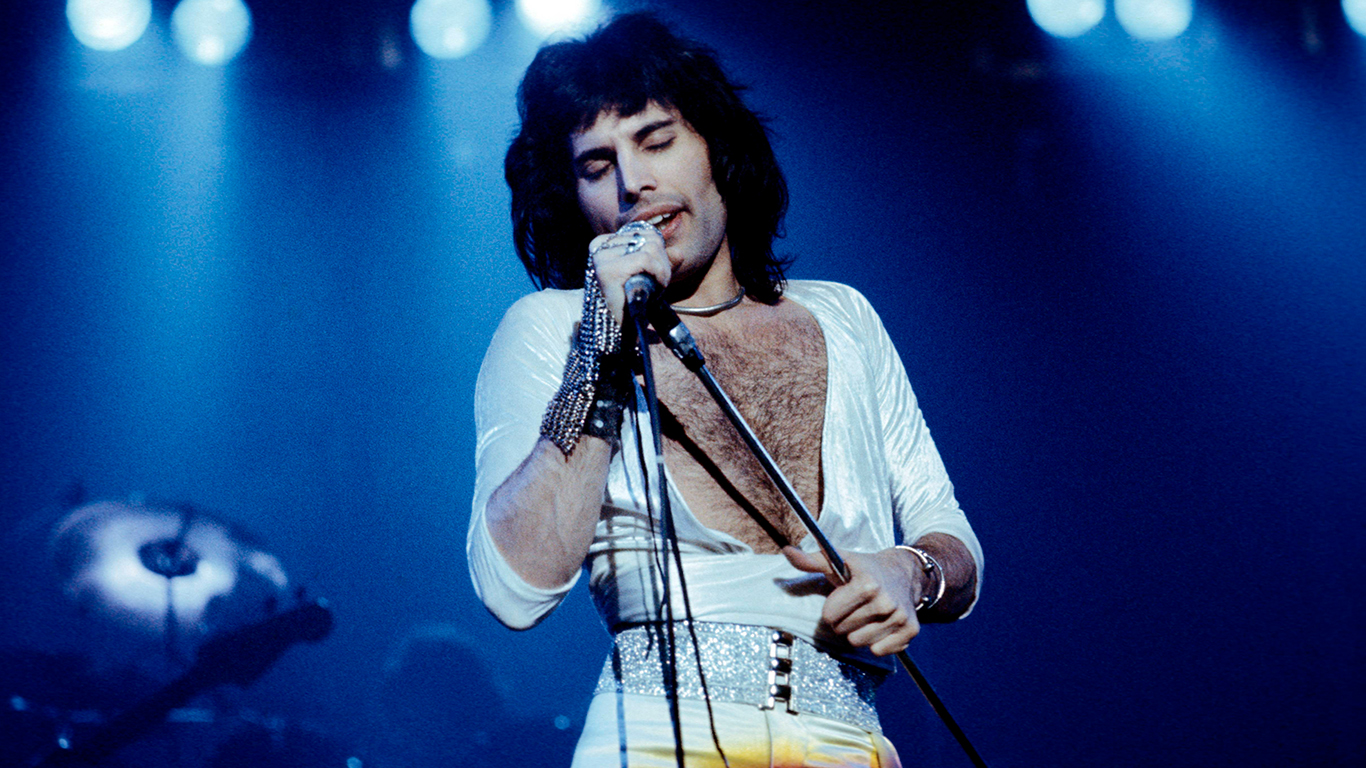
The band Queen was formed in 1970 and the original members included Freddie Mercury, Brian May, and Roger Taylor. Later, John Deacon, the bassist, joined the group. Their popularity skyrocketed them to fame and their music earned them fans from other genres, like pop. Technically, their first album wasn’t a success in 1973 but their second album, “Queen II” captured audiences. With hits like “Seven Seas of Rhye” and “Sheer Heart Attack,” there was no stopping the avalanche of their success. Mercury passed and Deacon retired, but May and Taylor continued collaborating, and most recently, in 2023, went on tour with Adam Lambert.
The Rolling Stones
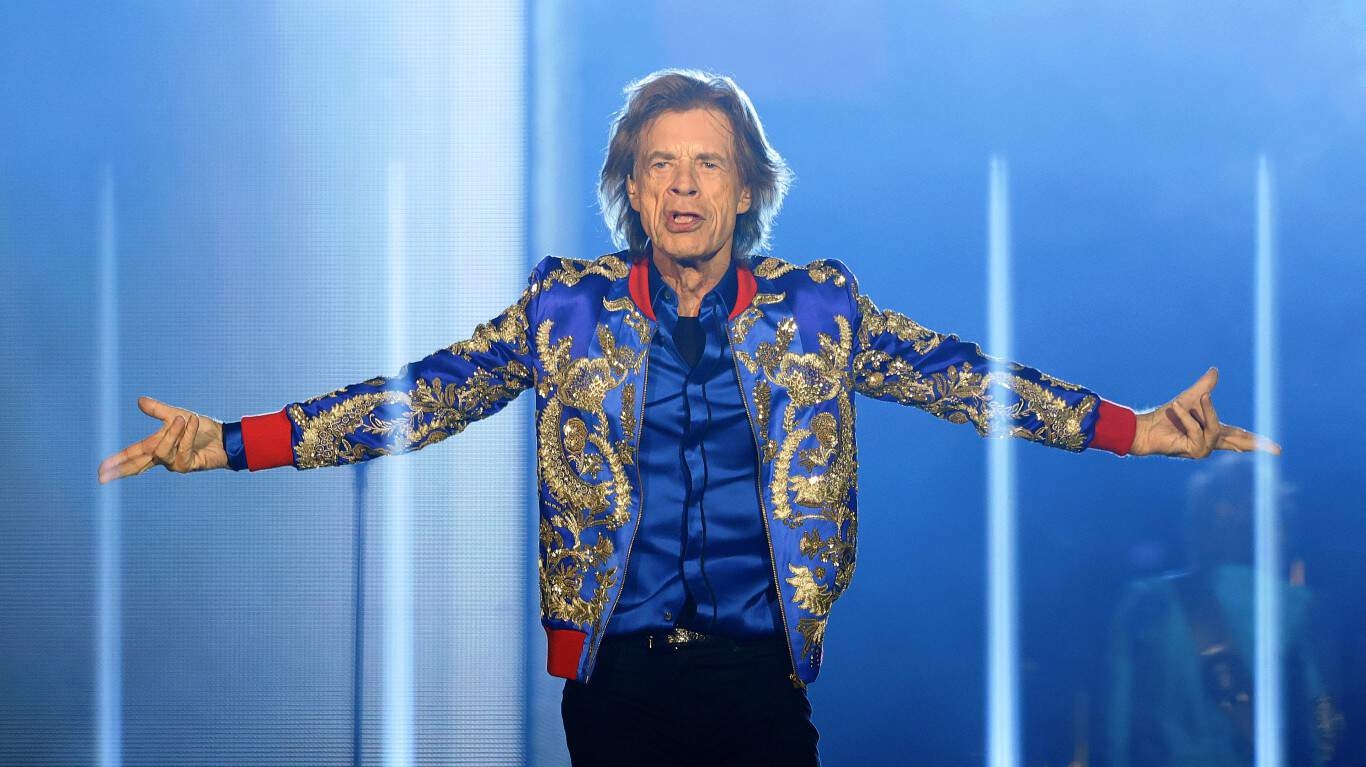
Guitarist Keith Richards and lead singer Mick Jagger reunited in 1961 in Dartford, England. They had once been classmates but their lives went separate ways until that fateful day when the idea of making music together started brewing. They both knew Dick Taylor, another guitarist and before long, the three had paired with others to form Little Boy Blue and Blue Boys. After some changes, the revised group decided to name themselves The Rolling Stones. By the 1970s, the band had seen more changes, some ups and downs, and released “Get Yer Ya-Ya-‘s Out!” from their studio album, “Sticky Fingers.” Most recently, the band released a new album, “Hackney Diamonds,” and continues performing live.
The Doors
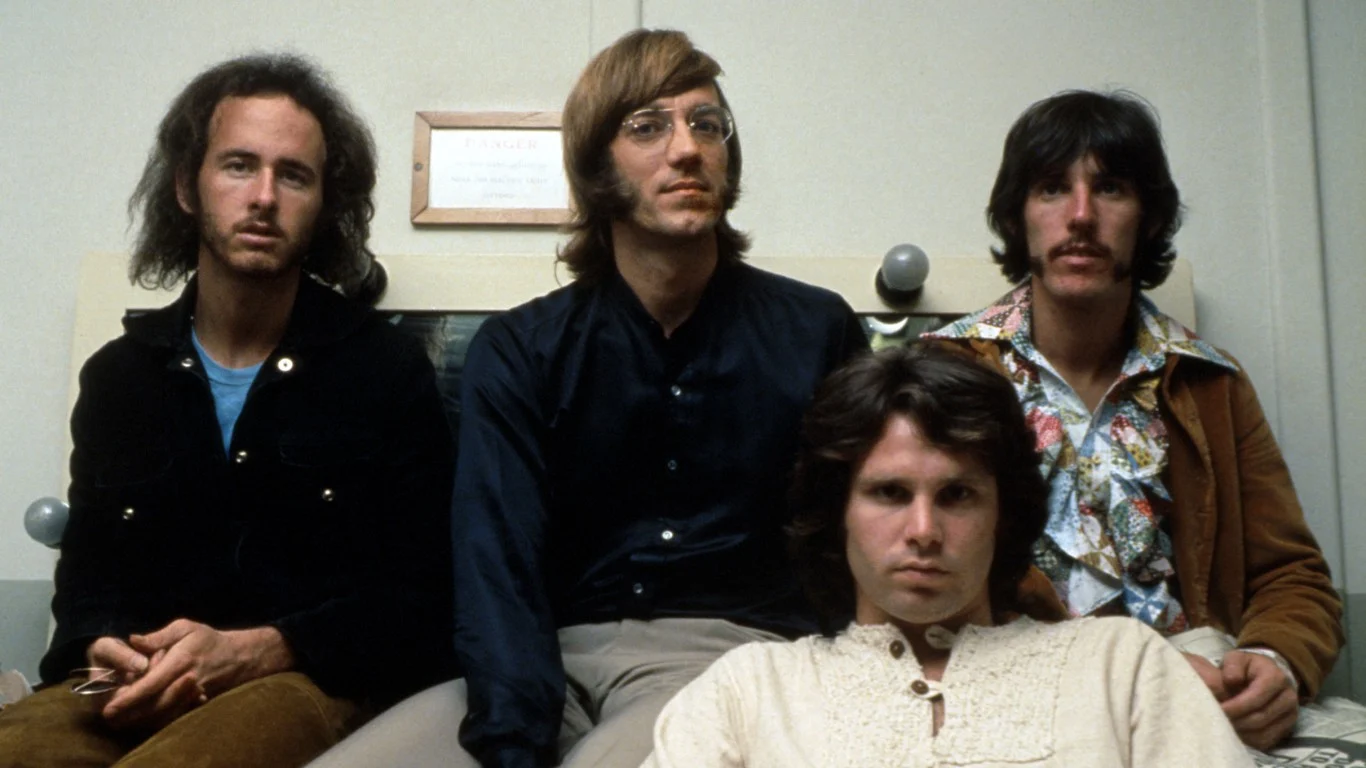
The band came together in 1965 when Jim Morrison and Ray Manzarek had a chance encounter in Venice, California. They had previously attended film school together and though Morrison had different plans for his future, he took the offer Manzarek presented to join his existing band. After several auditions and recruits, the band signed to Elektra Records. Their music became well-known in the later part of the 1960s and into the early ’70s when they released “Morrison Hotel” (1970) and “L.A. Woman” (1971). After Morrison’s death in 1971, it was an abrupt end to a magical time. To continue the magic, the rest of the band went on to complete two last albums and honored Morrison when they released his poetry recordings in 1978.
Eric Clapton
Born on March 30, 1945, Clapton showed interest in music early. By age 14, he was playing the guitar. During his college years, his guitar skills became well-known in the English music scene with his blues sound. He moved on to play rock and blues with the band, Cream. The next band he partook in was Blind Faith and they released one album. By the time 1970 rolled around, Clapton had embarked on his solo career, which launched him further into success. He released his self-titled album that year, which included songs like “Slunky” and “Bottle of Red Wine.”
Pink Floyd
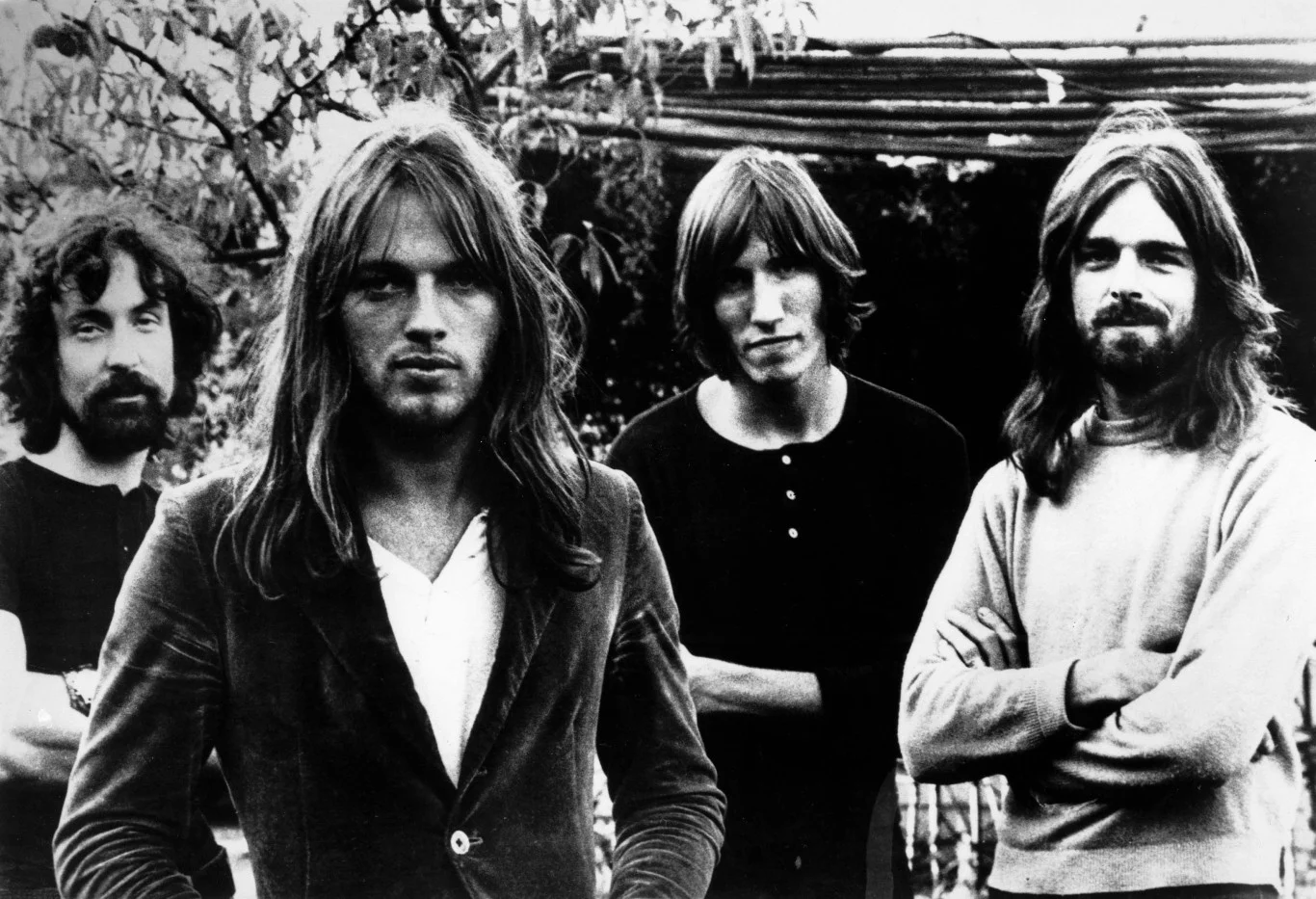
The members of Pink Floyd were teenagers when they first came together. Guitarists Roger ‘Syd’ Barrett, Roger Waters, and David Gilmour had moved to London in search of higher education and, in 1965, Barrett and Waters came across two more gifted musicians, Nick Mason and Rick Wright. The band saw several shifts over the years, including band member changes, but the psychedelic sound of the band continued. Between 1970 and 1971, the band released two albums: “Atom Heart Mother” (1970) and “Meddle” (1971). Their success only continued through the decade as they pushed musical limits. They went on to release “The Dark Side of the Moon” (1973) and closer to the end of the decade, they released “The Wall” (1979).
KISS

The personas of the band members are unmistakable, lending to their entrancing creativity. In 1970, guitarist Paul Stanley met bassist Gene Simmons and collaborated with three others for a short-lived stint in the band Wicked Lester. By 1973, KISS, with its original members, played their first show and a few months later, they had their first record deal. There was no wasting time and in 1974, KISS released their self-titled debut album. In 1975, they released “Destroyer” and by 1978, each of the members released solo albums. In 2014, KISS was inducted into the Rock and Roll Hall of Fame.
Ramones
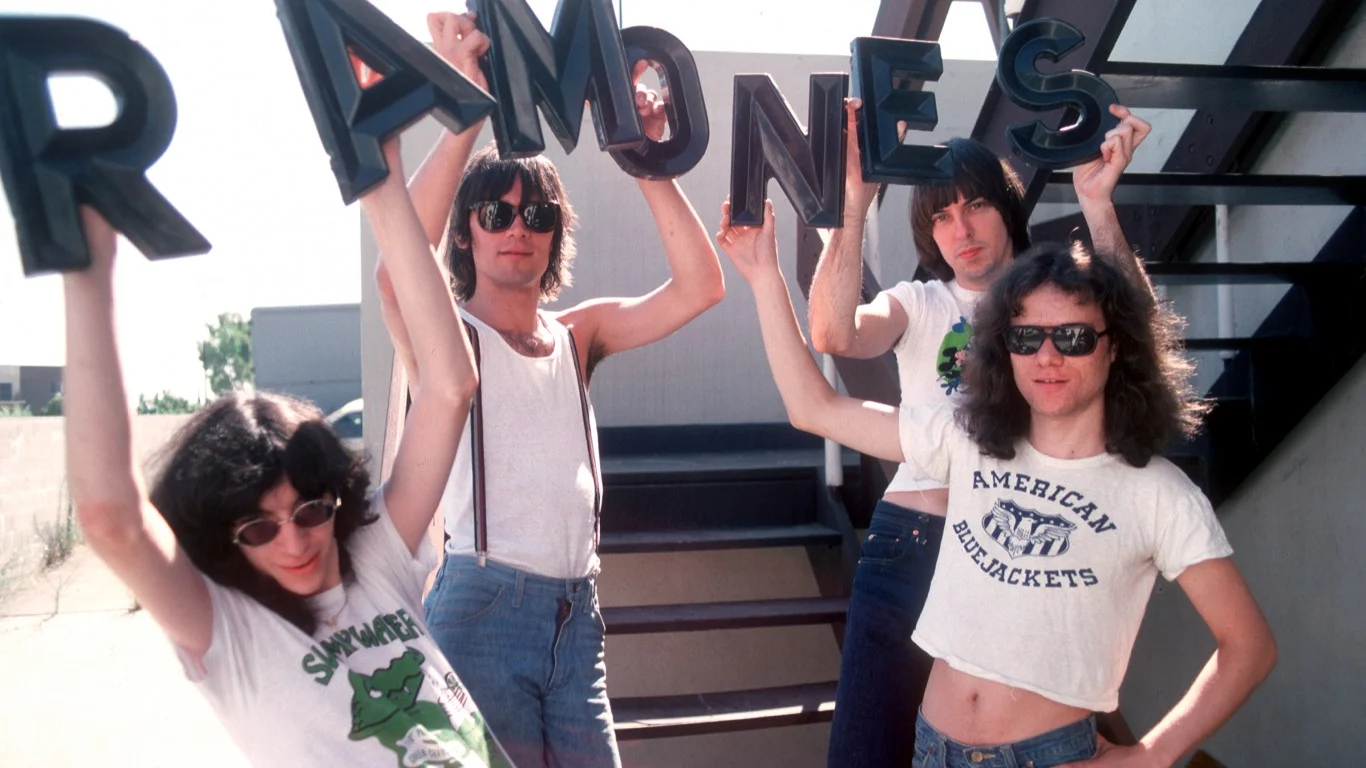
Queens, New York, is the center where the punk band known as Ramones was formed. They came together in 1974 and each adopted the name “Ramone,” despite being unrelated. The band helped pioneer the punk rock movement both in the U.S. and the U.K. While they weren’t as revered in their time as some of the other names in this list, their music grew in popularity over the years and their mark on punk rock sounds was cemented. Rolling Stone magazine named them one of the “50 Greatest Artists of All Time.”
Elvis Presley
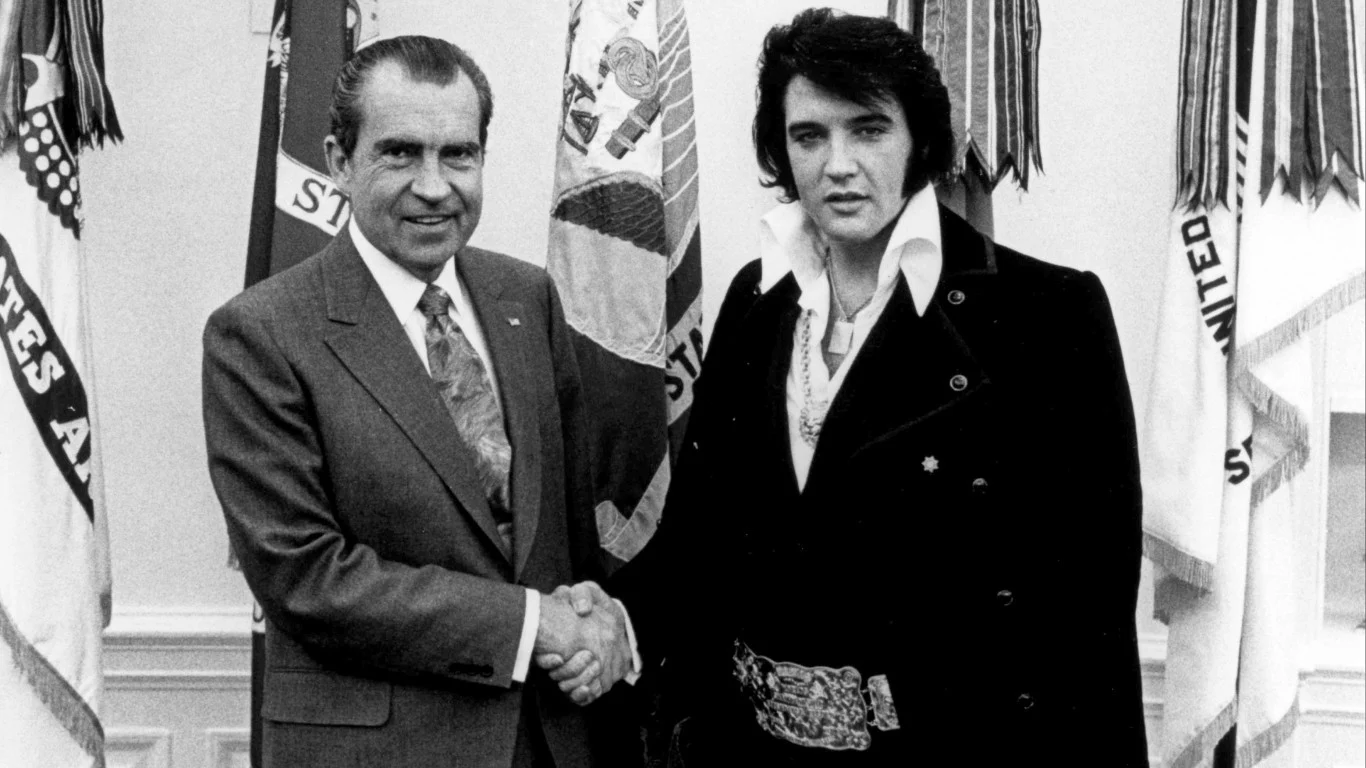
He rose to stardom well before the 1970s but in 1968, Elvis Presley revived his music career. Known as the “The King” of rock ‘n’ roll, Presley started playing the guitar when he was just 11 years old. By the time he graduated high school, his dream of becoming a musician was well underway. His first single, “That’s All Right,” was released in 1954. His life was a whirlwind of music, the military, and eventually, marriage, which ended in divorce. But Presley proved his appeal throughout the 1970s, continuing to perform on tour until his last concert in 1977 just before his death.
AC/DC
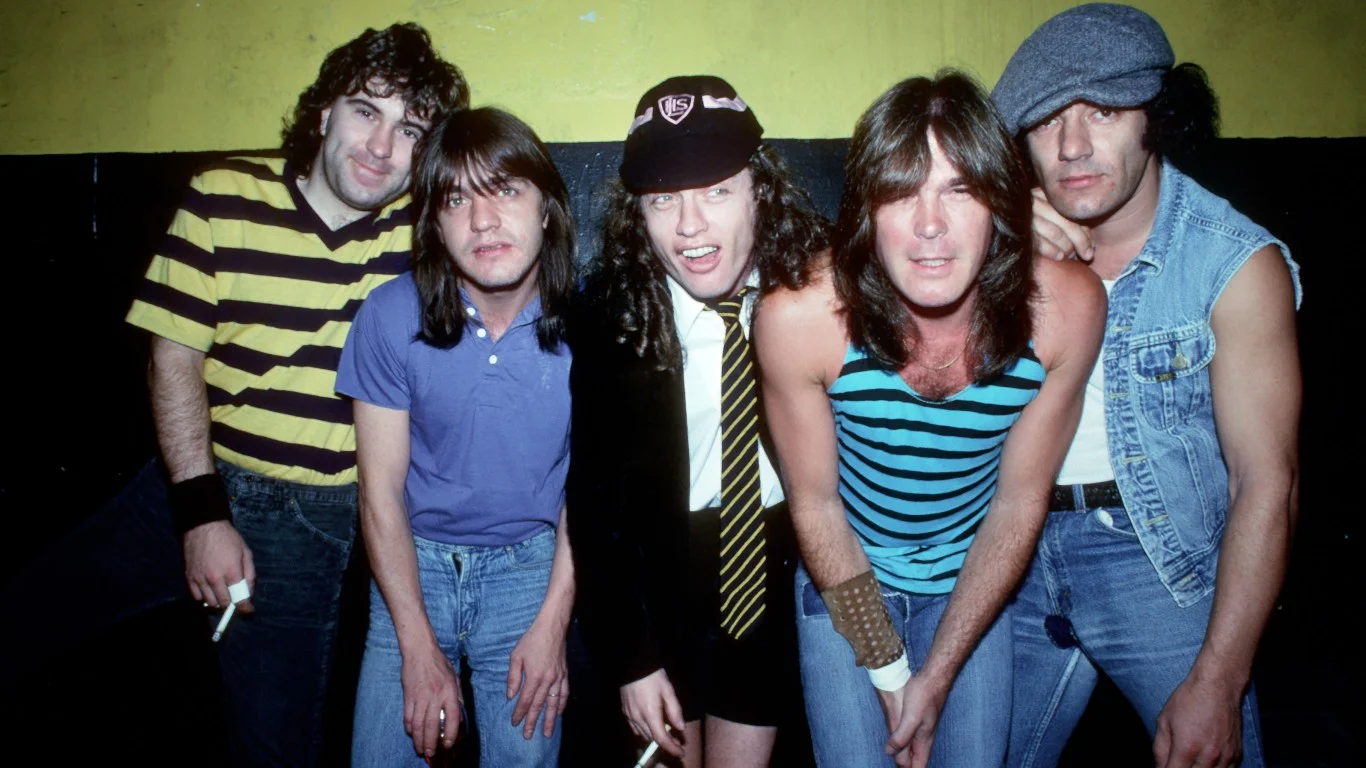
Brothers Malcolm and Angus Young formed AC/DC, the rock band inducted into the Rock and Roll Hall of Fame in 2003. It all started in 1973 with the two brothers who moved to Melbourne, Australia, and collaborated with Bon Scott, Brian Johnson, Phil Rudd, and Cliff Williams. After their achievements in Australia, the band moved to London and met success with the release of their album, “Let There Be Rock” (1977). In 1979, they became internationally renowned with the release of “Highway to Hell” (1979).
Bruce Springsteen
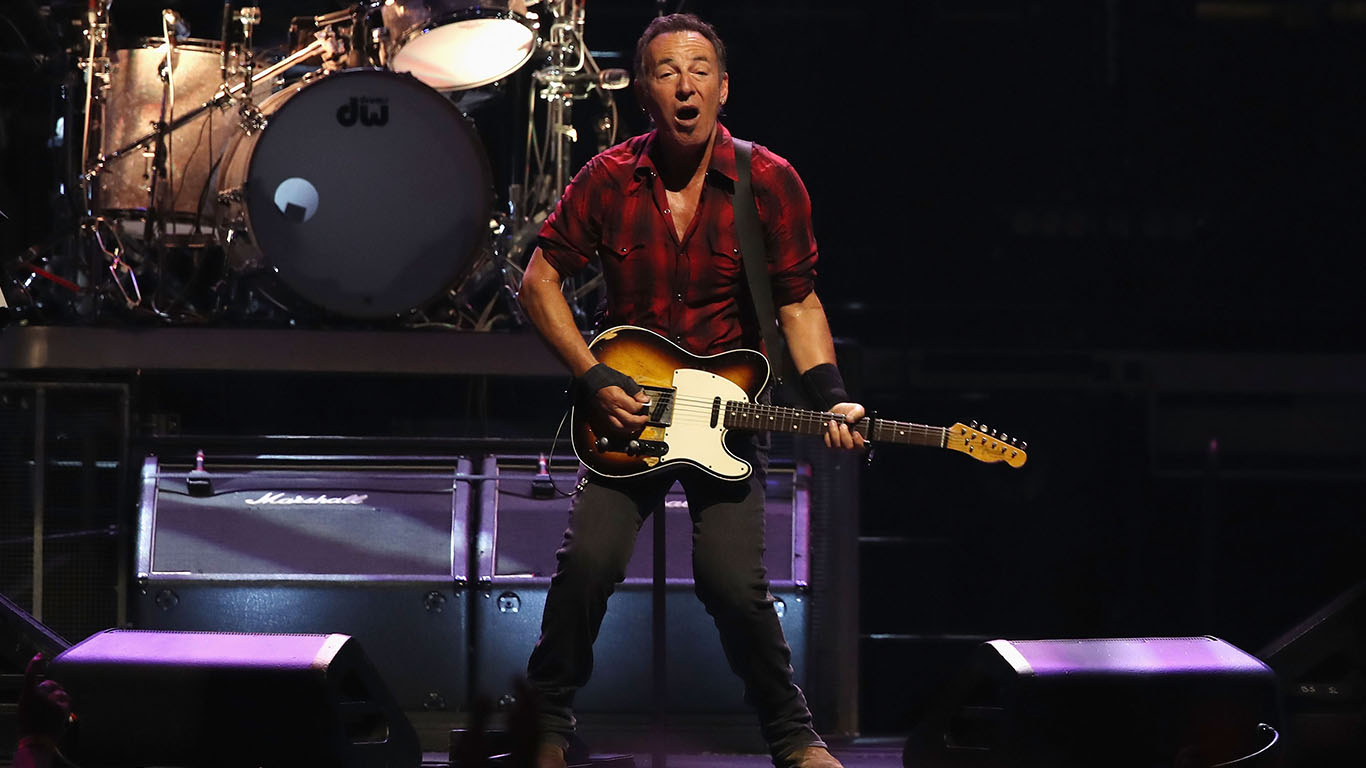
Rock star Bruce Springsteen was born on Sept. 23, 1949. In 1975, he released his breakout record, “Born to Run.” It exemplified his sound, blending rock with the grounded essence of his songwriting. Over the years, Springsteen won 20 Grammys and sold over 60 million albums in the U.S. In 2023, he set out on tour with the E Street Band but had to postpone his shows due to peptic ulcer disease. After recovering, he rescheduled tour dates and is on tour through 2024.
Neil Young
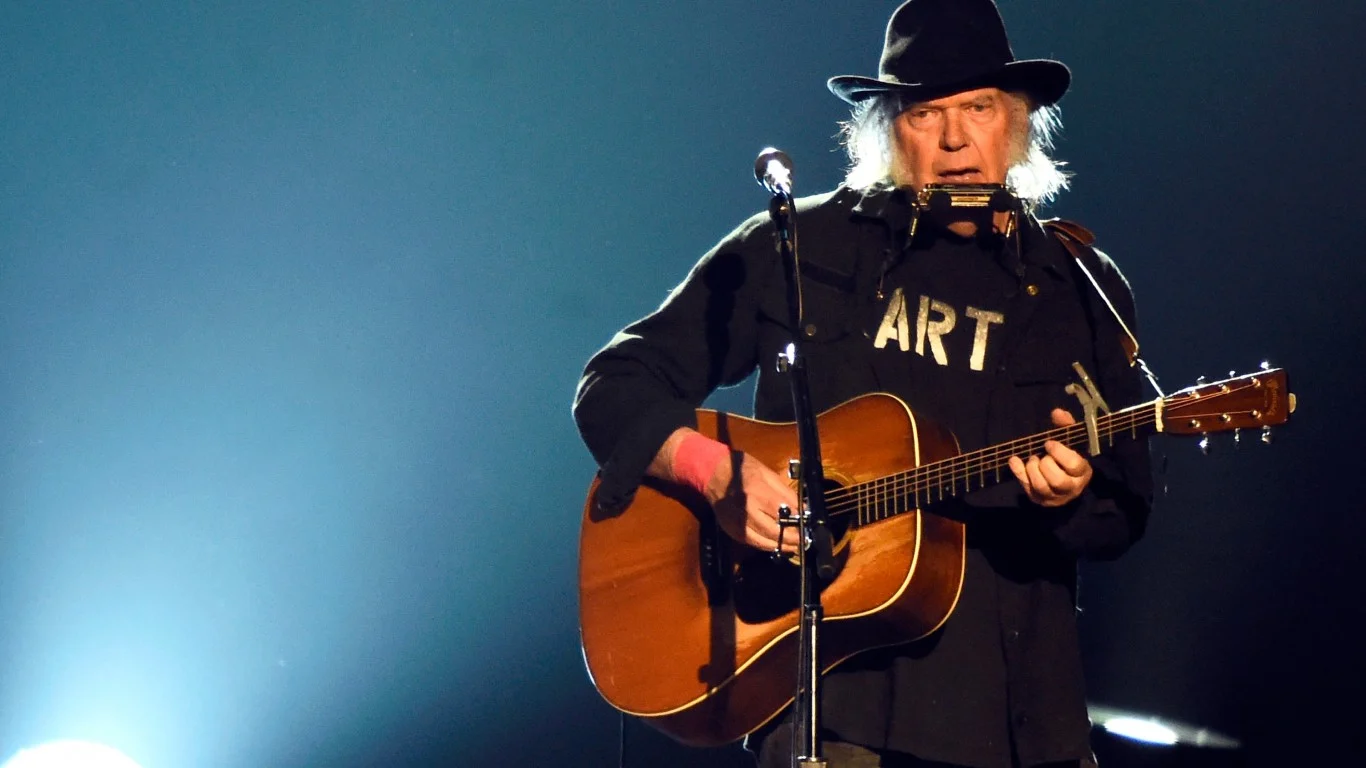
Born in 1945 in Canada, Neil Young first co-founded the band Buffalo in the U.S. before getting a taste of fame with the group, Crosby, Stills, Nash & Young. In 1969, Young released his first solo album after signing with Reprise Records. The following year, he released another solo album, “After the Gold Rush” (1970), which proved to be the right move for his career. The next year, he released “Harvest” (1971), which kept with the upward projection of his career and contained his number one hit, “Heart of Gold.”
Black Sabbath
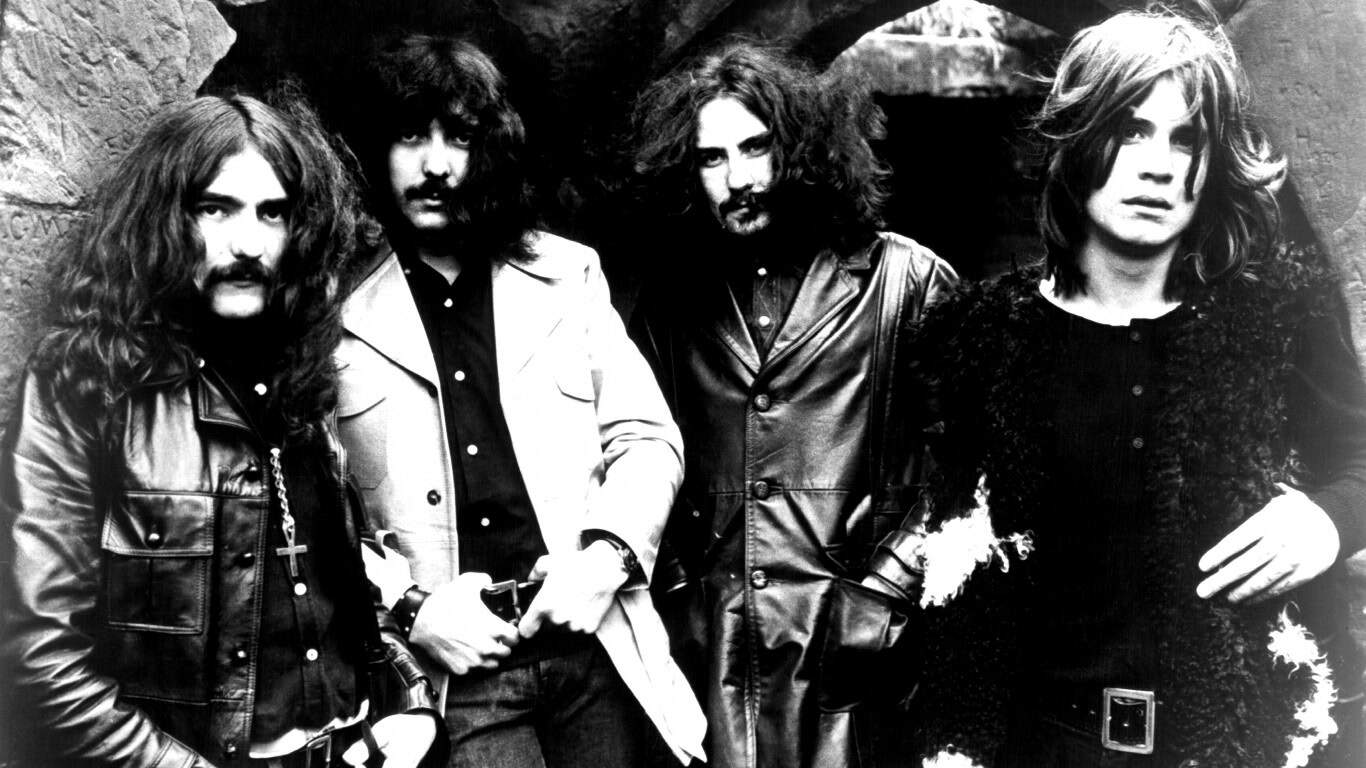
Tony Lommi along with Geezer Butler, Bill Ward, and Ozzy Osbourne came together to form the English rock band Black Sabbath in 1968. Their sound was hard rock and heavy metal, which was new at the time. Their creative musical works, even as the band members changed, ultimately refined the genre. Throughout the 1970s, they released several albums, including “Black Sabbath” (1970), “Paranoid” (1970), “Master of Reality” (1971), “Sabbath Bloody Sabbath” (1973), and “Sabotage” (1975). The band officially announced their dissolution in 2017.
Led Zeppelin
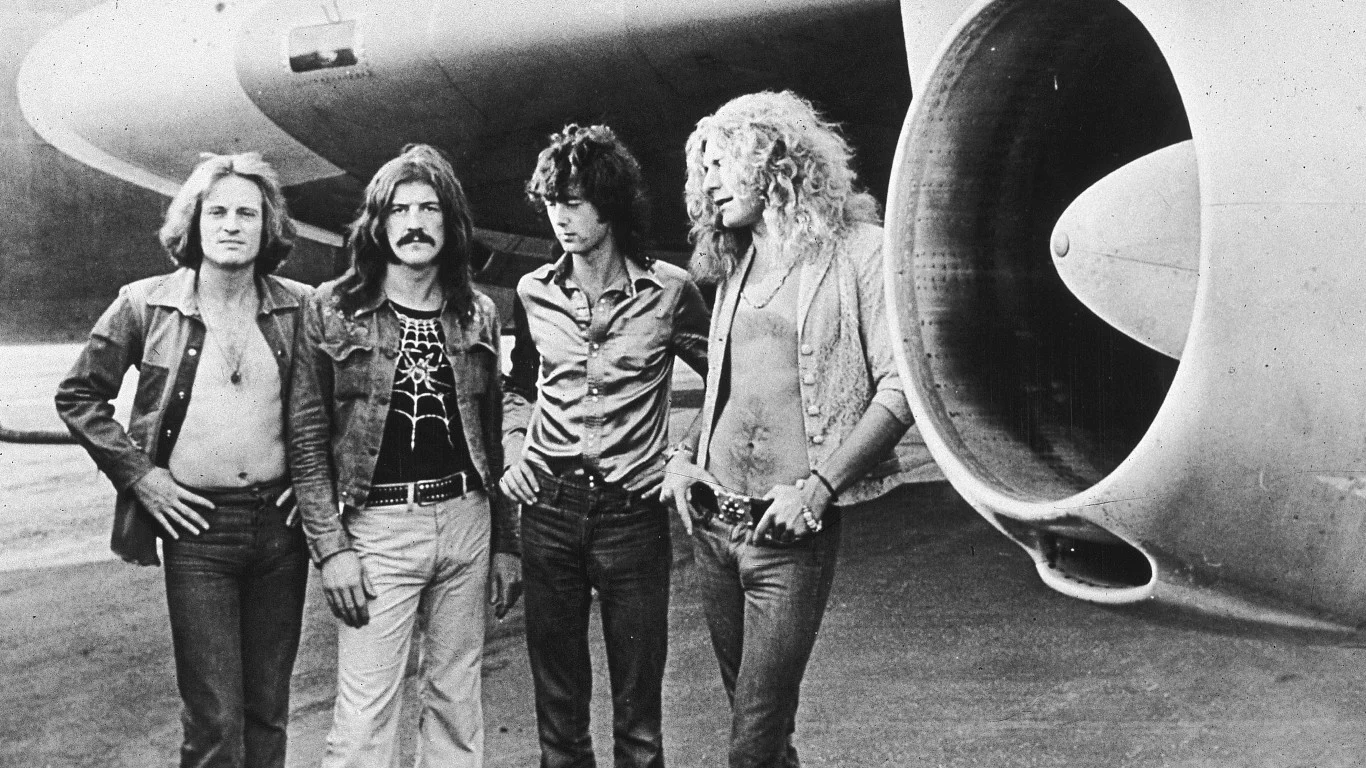
British band Led Zeppelin was also a pioneer in the heavy metal music genre. The quartet comprised Jimmy Page, John Paul Jones, Robert Plant, and John Bonham. The band recorded nine albums between 1968 and 1979, releasing their most well-known single, “Stairway to Heaven,” during that time. Brimming with creativity, the band put together their self-titled debut album in an impressive 36 hours. Fans had a chance to enjoy the band’s innovation over the years. However, Led Zeppelin experienced troubled times throughout the decade. By 1980, the band had split.
Bob Dylan
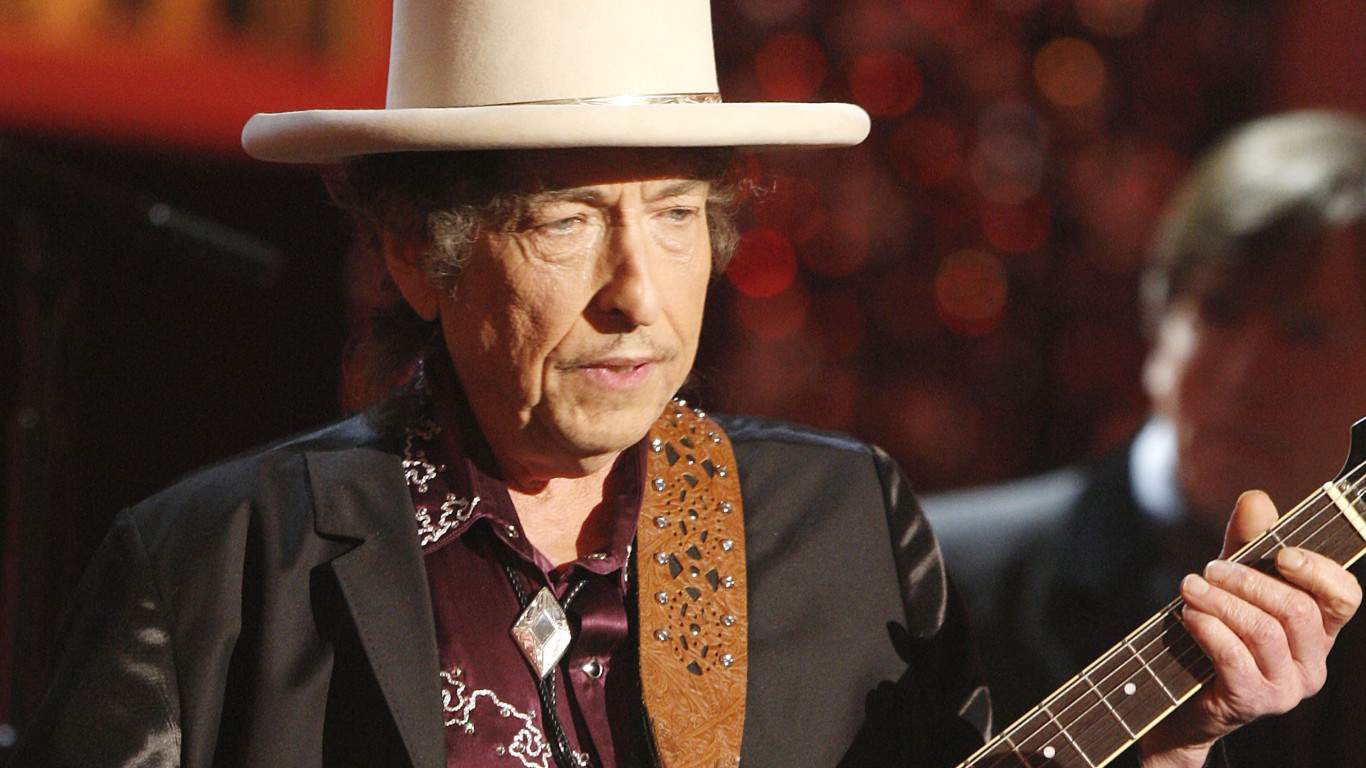
Bob Dylan was born on May 24, 1941, and started forming bands early on, led by the influence of rock stars he admired. He initially started with a folk sound but transitioned to a more rock-infused sound as he evolved. He signed with Columbia Records in 1961 and released his self-titled debut album. Later, he released “The Freewheelin’ Bob Dylan” (1963). When he first introduced an electrical backing to his music, it wasn’t well received. Reinvention was the path for Dylan, who found greater depths to his innovation as he continued developing his talents. He went on a sold-out tour in 1974. As of 2024, he’s set to tour North America with his band yet again.
The Who
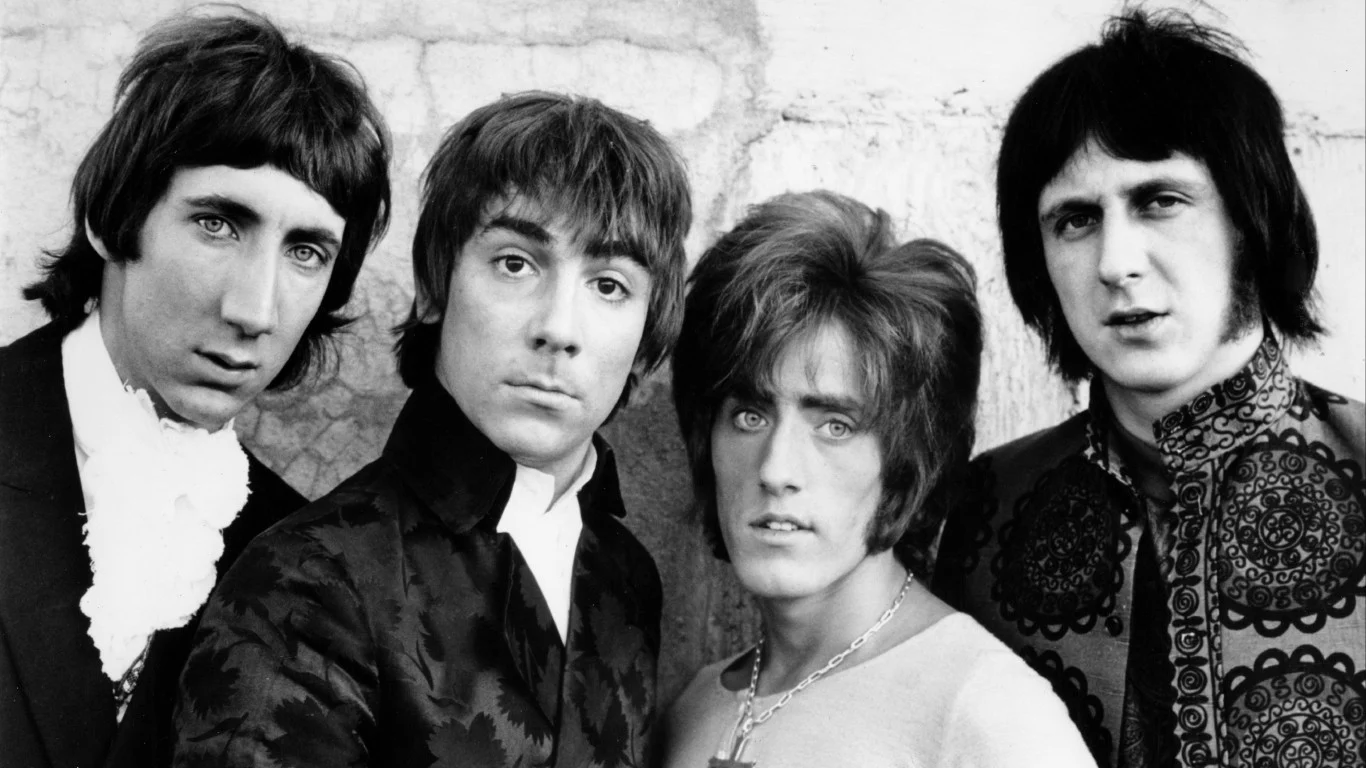
British rock group The Who rose to fame in the 1960s and it spilled over into the 1970s. The members included Pete Townshend, Roger Daltrey, John Entwistle, and Keith Moon (later replaced by Kenney Jones). The band’s initial influence was bluesy but they gravitated toward a rock sound with a one-of-a-kind approach. They were angsty and settled into the outskirts of whatever bred connection among young people at the time. Woodstock proved to be a wildly successful performance and a few years later, they released “Who’s Next” (1971), full of anthems for the youth.
Jackson Browne

Born in Germany in 1948, Jackson Browne became a well-respected musician and singer-songwriter after moving to the U.S. He was inducted into the Rock and Roll Hall of Fame in 2004. He released his self-titled debut album in 1972, which contained his hit single “Doctor My Eyes.” Browne went on to release “The Pretender” (1976) and “Running on Empty” (1978), which was a live album. Fans noted the different influences in his sound, which included some folk and up-tempo rock as well as reggae.
Eagles
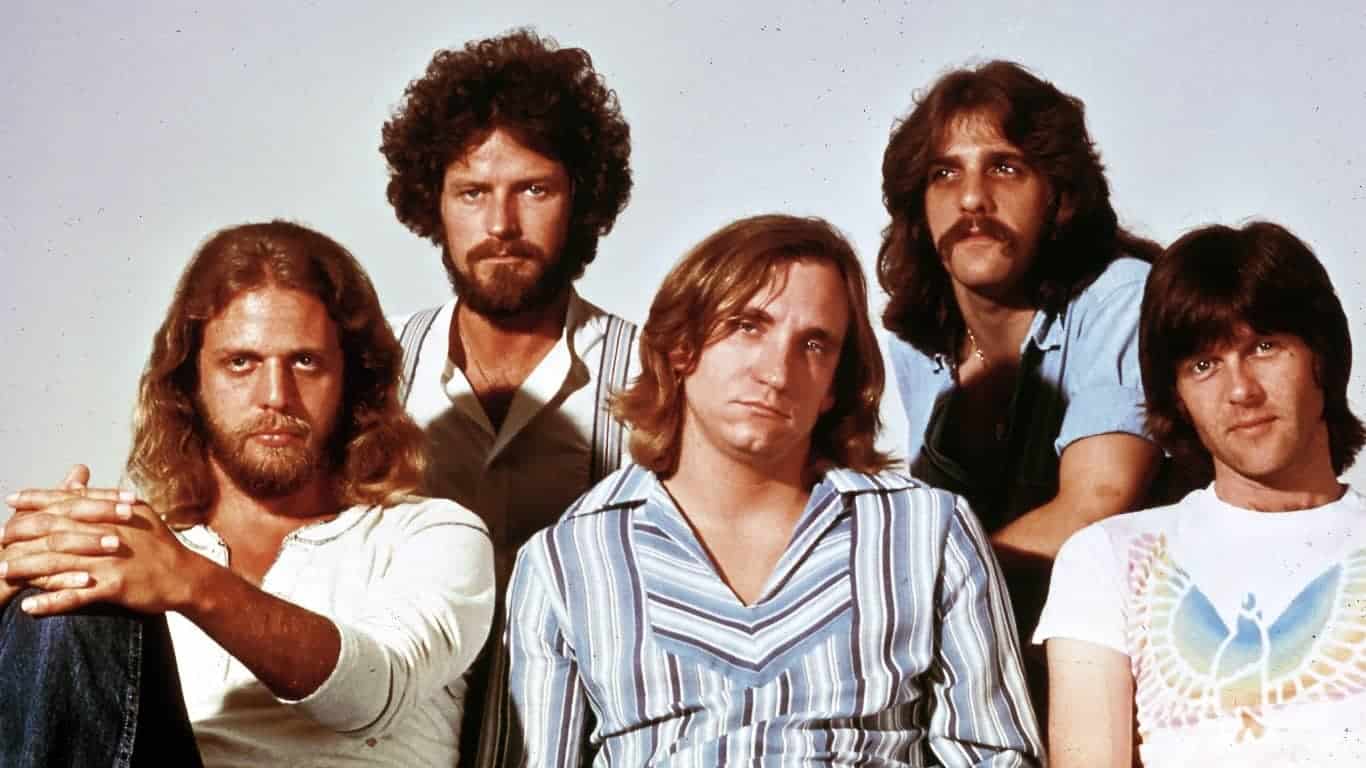
American rock band Eagles first came together in 1971. Linda Ronstadt recruited the founding members, who included Glenn Fry, Don Henley, Bernie Leadon, and Randy Meisner. The band released a number of albums in the 1970s, including “Eagles” (1972), “Desperado” (1973), “On the Border” (1974), “One of These Nights” (1975), “California” (1976), and “The Long Run” (1979). In 1977, their single, “Hotel California,” made it onto VH1’s 100 Greatest Rock Songs in the No. 6 spot.
The Clash
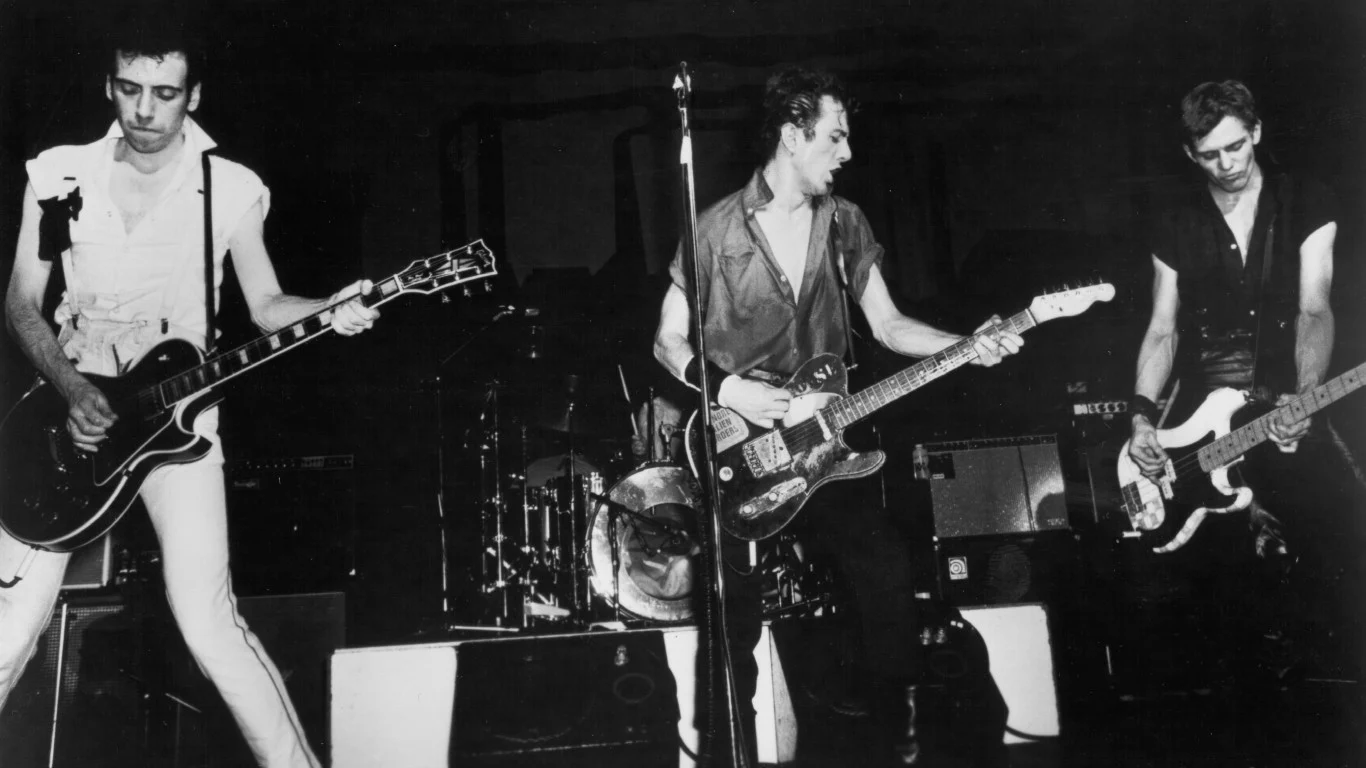
The Clash is a British rock band that came together in 1976. They were just in time to represent the turbulent culture of the late 1970s that carried into the 1980s. Their vibe was rebellious but they were clever about it, infusing their sound with other genres like funk, hip-hop, and reggae. The band split in 1983 but not before releasing some heavy hitters, including their self-titled debut album in 1977, “Give ‘Em Enough Rope” (1978), “London Calling” (1979), “Combat Rock” (1982), and “Cut the Crap” (1985).
David Bowie
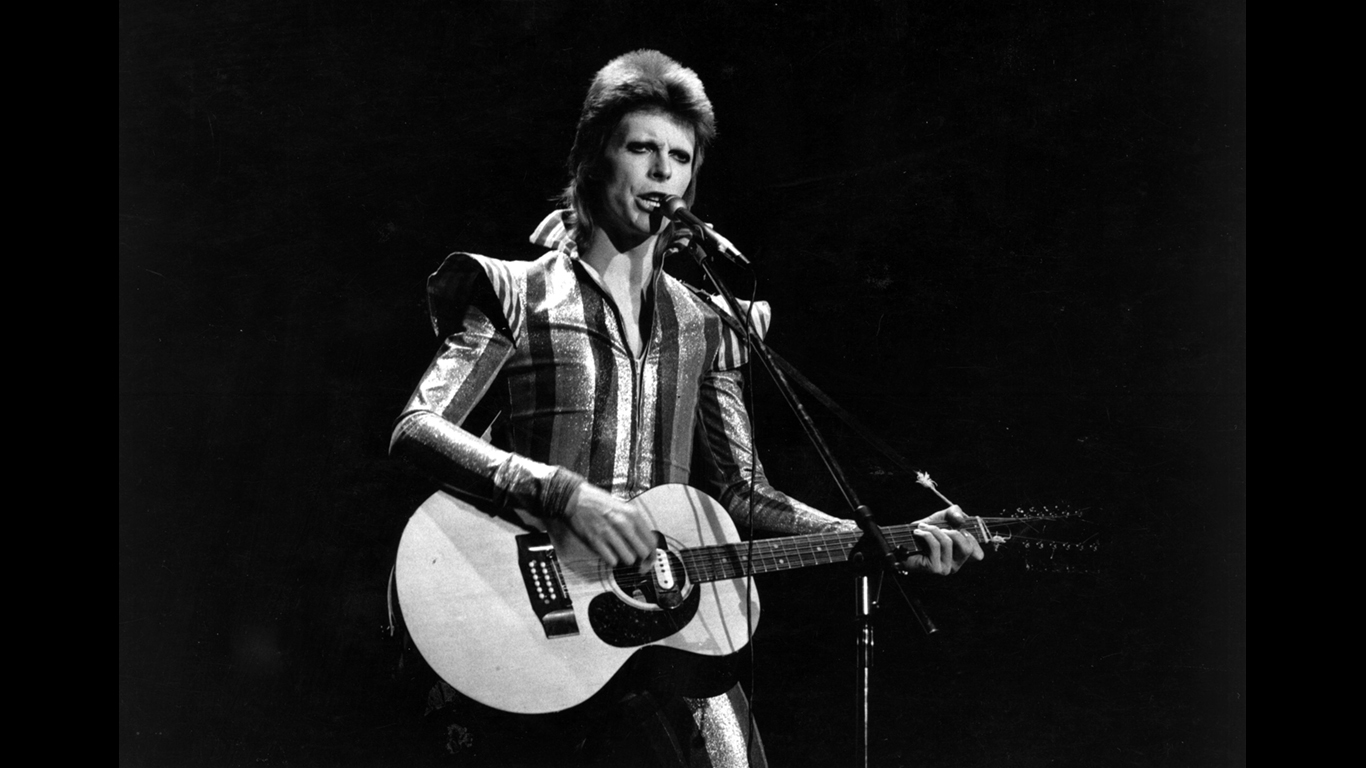
3rd July 1973: David Bowie performs his final concert as Ziggy Stardust at the Hammersmith Odeon, London. The concert later became known as the Retirement Gig. (Photo by Express/Express/Getty Images)
English rock star David Bowie first captured audiences with his song “Space Oddity” after signing with Mercury Records. It wasn’t released in the U.S. until three years later in 1972, and that release garnered even more attention. Bowie released “The Man Who Sold the World” (1970), which only further cemented his success and popularity. In 1971, he released “Hunky Dory,” and the following year, he released “The Rise and Fall of Ziggy Stardust and the Spiders from Mars” (1972), drawing audiences even closer with their intrigue. Bowie did well at keeping his fans guessing and in 1996, he was inducted into the Rock and Roll Hall of Fame. He passed after releasing his final album, “Blackstar,” in 2016.
The Runaways

All-female rock band, The Runaways came together in 1975. Despite promotion efforts downplaying their talent, the girls shone through with their musical abilities. Initially, the band comprised a trio that included Joan Jett, Sandy West, and Michael “Micki” Steele (later replaced by Jackie Fox). Lita Ford and Cherie Currie joined the band in 1976, the same year they released their self-titled debut album. They released “Queens of Noise” (1977) before making changes to their group members. The band officially broke up in 1979, following Joan Jett’s departure. (Take a look at the most popular music artists of the ’70s.)
